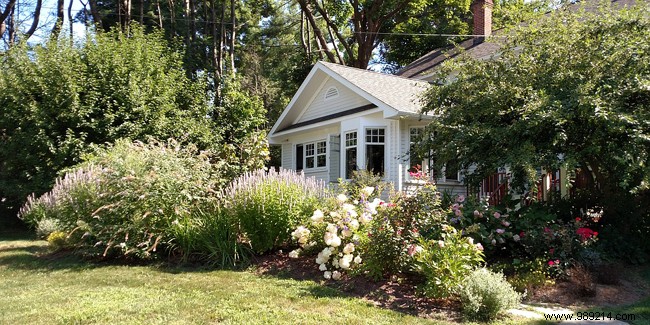
Here are 5 tips for furnishing your garden with decorative elements, plants and outdoor furniture.
Like any project, it is important to prepare the arrangements that will be made in the garden and this ideally starts with the creation of a plan. Landscape gardeners often use this method to offer their clients sketches or even 3D designs of the proposed layout, with several possible variations and choices. The idea is therefore to take a blank slate and create an outdoor living space, taking into account the constraints related to the dimensions and the plantations already in place. This vision allows you to make choices and know where to go.
Once the garden has been thought out and designed, the financial aspect must be validated in order to hope to carry out this project. Either the idea is to do it yourself and therefore save part of the budget that would have been entrusted to a landscaper, or delegate this mission to a professional to ensure a result that meets his requirements. In both cases, the budget will make it possible to validate the purchase of plantations, furniture and the layout as a whole.
The furniture often sets the tone, it is also the choice of materials that will define the identity of the garden and in particular the choice of plantations. Some prefer teak, wrought iron, others prefer bamboo or even plastic and resin, to each their own. The most important thing is to have furniture made up of several elements but being in the same material. It is not advisable to mix materials, except for certain combinations such as wrought iron and wood or even fabric and resin. It is also necessary to think of original furniture such as the armchair hanging from a tree or the shade cloths to protect yourself from the sun.
The choice of plants is important because it is necessary both to opt for local species, to avoid exotic plants that are not cold-resistant, for example, and above all to measure the expansion of the different plantations because planting a poplar will automatically be a real constraint in several years. . Some plants require little or no maintenance while others will need to be maintained very regularly, so you have to make the right choices and implement them in a coordinated way.
The garden is a space for living but also for relaxation, so you have to be able to find shade there to read a book or to receive guests. Although the furniture can provide this superficial shade, there is nothing more appreciable than a natural shade, created by a tree for example. We can therefore associate greenery with a pergola or create shade with shrubs. For lighting, the same goes, you can integrate spotlights under a tree, taking care to bury the wires or even use designer floor lamps, discreet but providing an ambient light.